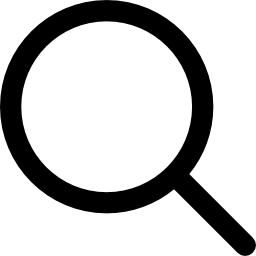Running a business means navigating an ever‑changing landscape of rules and requirements. Missing even a single update can lead to fines, delays, or lost opportunities. This guide explains how to monitor compliance and regulatory updates effectively so your organisation can stay focused on growth.
Why Compliance and Regulatory Updates Matter
Keeping pace with compliance and regulatory updates protects your company from penalties, preserves your reputation, and ensures smooth day‑to‑day operations. Regular monitoring also helps identify upcoming changes early, giving your team time to adjust policies, processes, and documentation.
Key Benefits of Tracking Compliance and Regulatory Updates
- Risk Reduction: Timely awareness of compliance and regulatory updates reduces the likelihood of non‑compliance.
- Operational Efficiency: Proactive planning around compliance and regulatory updates minimises last‑minute disruptions.
- Stakeholder Confidence: Demonstrating control over compliance and regulatory updates builds trust with clients and partners.
Sources for Compliance and Regulatory Updates
Finding reliable information is the first step in managing compliance and regulatory updates. Common sources include:
- Government ministry and agency websites that publish official compliance and regulatory updates.
- Industry associations that summarise relevant compliance and regulatory updates for members.
- Professional advisories and newsletters dedicated to regional compliance and regulatory updates.
Building an Internal System for Compliance and Regulatory Updates
A structured approach ensures no critical compliance and regulatory updates slip through the cracks:
- Assign Responsibility: Designate a team or individual to monitor compliance and regulatory updates.
- Create a Calendar: Log deadlines and review dates for all known compliance and regulatory updates.
- Standardise Documentation: File each new set of compliance and regulatory updates in an accessible format for easy reference.
Technology Tools for Compliance and Regulatory Updates
Modern software can automate alerts and help manage compliance and regulatory updates:
- Subscription Alerts: Many platforms deliver real‑time notifications of compliance and regulatory updates.
- Dashboard Reporting: Centralise data on upcoming compliance and regulatory updates for quick team review.
- Task Management: Link action items to specific compliance and regulatory updates to track implementation progress.
Training Your Team on Compliance and Regulatory Updates
Employee awareness is critical. Regular workshops on recent compliance and regulatory updates help staff understand their role in maintaining compliance. Training materials should spotlight how departmental tasks connect to overarching compliance and regulatory updates.
Conclusion: Staying Ready for Compliance and Regulatory Updates
No business is immune to regulatory change, but a clear plan for monitoring compliance and regulatory updates keeps surprises to a minimum. By combining reliable information sources, structured internal processes, and ongoing training, your organisation can face future compliance and regulatory updates with confidence and agility.
Need assistance setting up a compliance framework? Contact us today!
FAQs
What are regulatory requirements and compliance standards?
What is the regulatory framework of Malaysia?
What is the grace period for e-invoicing in Malaysia?
What is ensuring compliance with regulatory requirements?
What is an example of regulatory compliance?
What are the mandatory compliance requirements?
What is the regulatory compliance process?
Disclaimer: This article is intended to provide general information only and does not constitute legal advice. It should not be used as a substitute for professional legal consultation. We recommend seeking legal advice before making any decisions based on the information in this article. TSL Malaysia fully disclaims any responsibility for any loss or damage that may result from its reliance on this article.


